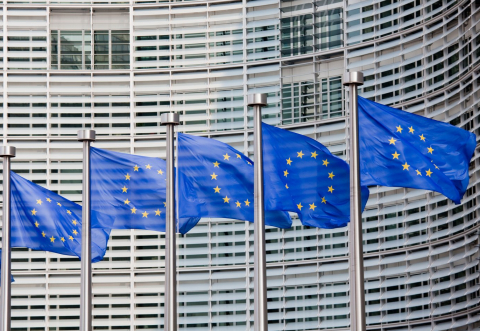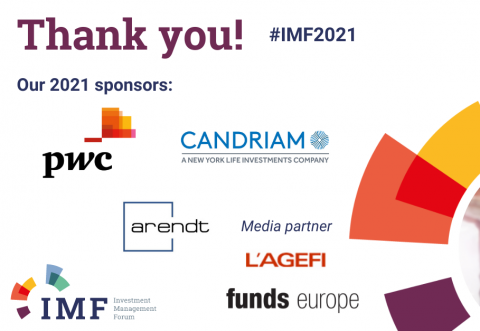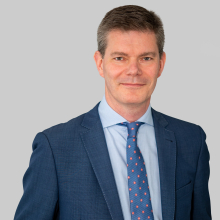Capital Markets Union
Building a Capital Markets Union (CMU) serving the needs of European citizens and businesses is as ambitious as it is essential: the effort will enable pensioners and savers to share in the upside of Europe’s economic recovery. In the process, European capital markets also become more efficient and better integrated. This long-term vision is key to financing European innovation and to supporting the transition towards a more sustainable economy.
Increasing retail investors’ participation in capital markets is an essential component for building an effective CMU. Improving access to financial and non-financial information and addressing the high data costs our industry is encountering, are also important steps towards a functioning CMU. All this, while maintaining and improving the attractiveness of the European investment management sector in today's global environment.
EFAMA prepared a list of key actions that are required to reach the CMU objectives from an investor perspective. We have also developed a specific Key Performance Indicator to measure year-on-year progress towards increasing retail participation in capital markets in each member state.
EFAMA’s comments on the European Commission’s proposal for a Regulation on a pan-European personal pension product (PEPP)
The PEPP - Engaging the young generation of European savers
EFAMA Response to EC Consultation: Capital Markets Union mid-term review 2017
• EFAMA reiterates the European asset management industry’s strong support for the CMU project in all its dimensions. We welcome the range of initiatives, from the overarching aim of rebuilding confidence in financial markets by putting investors’ interests at the heart of the project, to the promotion of market-based financing of the economy, the development of a PEPP or the development of a comprehensive strategy on sustainable finance.
Annual European Asset Management Report - Report highlights key developments in the European fund industry
The European Fund and Asset Management Association (EFAMA) has released the 13th edition of its Asset Management in Europe report, which provides in-depth analysis of recent trends in the European asset management industry, focussing on where investment funds and discretionary mandates are managed in Europe.
IMF 2021: Thought-provoking discussions and insightful presentations
This year’s Investment Management Forum featured an incredible number of high-level speakers and thought-provoking discussions.
.png)
EFAMA welcomes proposal on affordable consolidated tape - The association continues to urge action on market data costs
EFAMA is pleased to read today the details of a robust MiFIR proposal from the European Commission addressing key areas of reform around the creation of a consolidated tape (CT), along with adjustments to transparency requirements on trading.
Ownership of Investment Funds in Europe
The report provides a wealth of facts and figures on the evolution of holdings of financial assets and investment funds among European investors in recent years. It aims to answer three main questions:
































